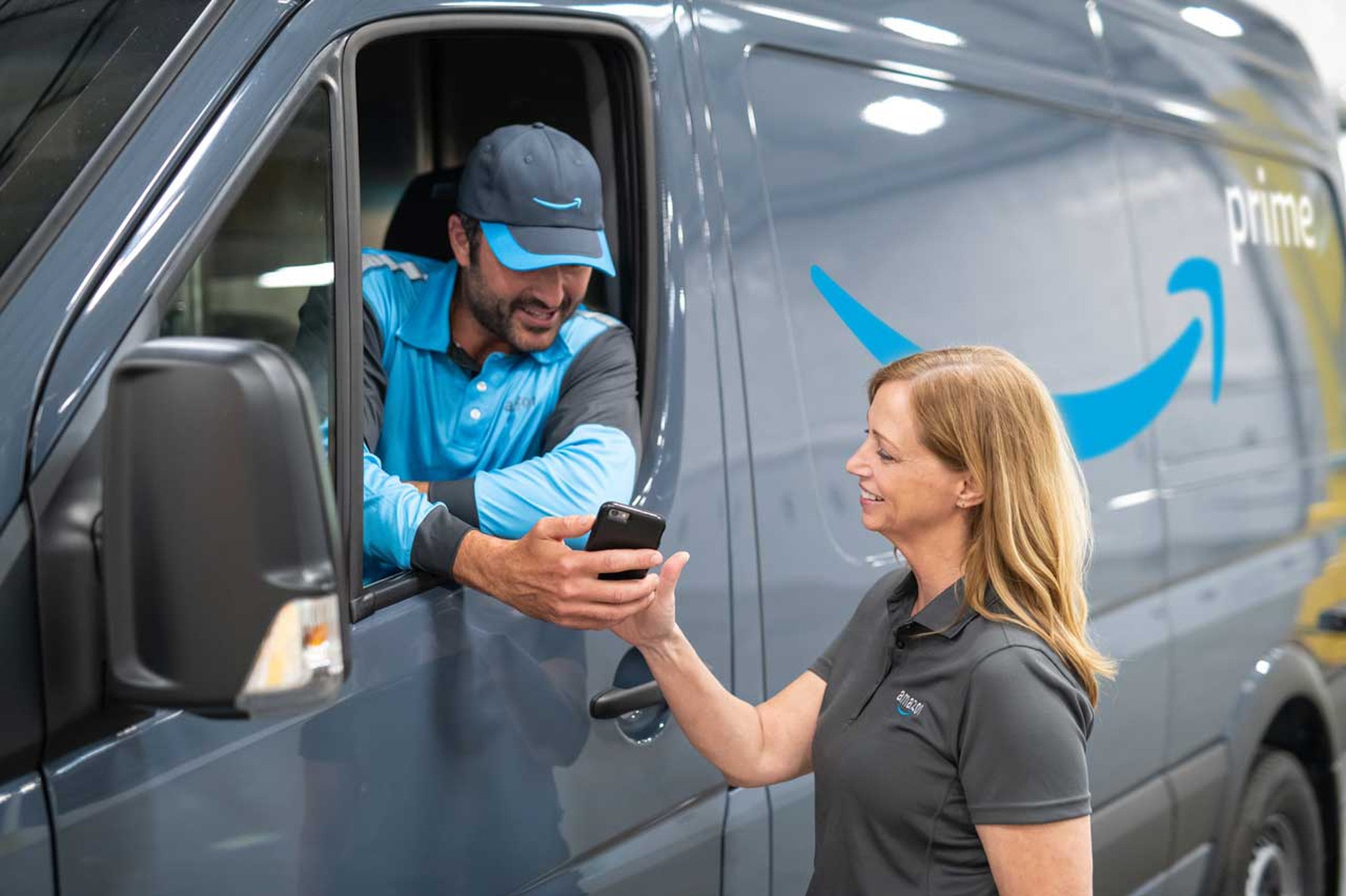By Andrew Tseng
What’s going to happen when Amazon can fulfil all the demand it’s seeing?
Overwhelming demand
Starting in early March, Amazon began to see a surge in demand in its e-commerce business as a result of consumers staying home and shifting more of their spending online. This surge in demand was so large and unexpected it overwhelmed Amazon’s fulfillment and delivery capabilities.
The company prioritized stocking and shipping “essential” items including household staples, medical supplies, and other critical products. It even actively discouraged customers from ordering nonessential items by “blocking” them or making them harder to find and significantly reducing its spending on marketing for certain product categories.
Massive hiring spree
On March 16, Amazon announced in a blog post that it would be hiring 100,000 people across the U.S. in full- and part-time fulfillment and delivery roles to help meet this demand. It also increased compensation by $350 million globally, which included temporary pay raises and a doubling of the hourly rate for overtime hours, up from the usual 1.5-times rate.
On April 13, Amazon announced it had hired the 100,000 people and would be hiring another 75,000. It also revised the $350 million compensation increase to over $500 million. Then on April 24, the company said it was extending the higher hourly pay and doubling overtime pay through May 16. And on May 13, the company once again extended the enhanced pay practices through May 30 and revised the compensation increase estimate to over $800 million.
Much of this hiring has related to fulfillment centers, but also to Prime Now, Amazon Fresh, and the Whole Foods delivery business. Amazon had announced a broad rollout of free same-day Whole Foods delivery to Prime members in January in the company’s fourth-quarter earnings release. In January and February it was easy to find and book available Whole Foods delivery times, but it began to get more difficult in March and into April as items sold out and demand outpaced delivery capacity.
Fulfilling demand
In Amazon’s first quarter, its online store sales — the global e-commerce business — grew net sales by 24% year over year. That was a sharp acceleration from last year’s 15% growth rate.
But the coronavirus-related demand only began to meaningfully surge in March. Presumably, January and February saw more normal growth rates. Amazon doesn’t disclose monthly sales, but let’s say those two months grew 17%. That would have been a slight acceleration from last year’s pace due to the positive effect of the rollout of free one-day shipping for Prime members and the broad launch of free same-day Whole Foods delivery. If that’s the case, that suggests March would have grown at a rate of around 39%.
But remember, March was a month when Amazon couldn’t even remotely fulfill all the demand it was seeing. To grow around 39% while not even fulfilling demand suggests that Amazon’s online store sales should surge much higher when it’s able to completely fulfill demand.
On the first-quarter earnings call, management said it wasn’t sure exactly when it would be able to fulfill all the demand and couldn’t “really project when that day will be or at what point in [the second quarter] or [third quarter] or beyond.” Considering Amazon’s conservative approach to financial guidance, suggesting it may meet all the demand during the second or third quarter is very bullish.
Later in the call, in response to a question about the second quarter, management made the following comment:
Well, we are heavily constrained — again, it’s an odd quarter because generally, the biggest uncertainty we have is customer demand and what they’ll order and how much of it they’ll order. Demand has been strong. And the biggest questions we have in [the second quarter] are more about ability to service that demand and that — the products that people are ordering in a full way, not blocking or making it hard to find nonessential items, increasing marketing and everything else.
It’s noteworthy that management said it was allowing people to order “in a full way” and “not blocking or making it hard to find nonessential items” and “increasing marketing and everything else.” It stands to reason Amazon would only open the flood gates like this if it felt it would be able to fulfill all that demand.
So what’s that mean? It’s a reasonable conclusion that Amazon’s online store sales growth should accelerate to well beyond 40% and possibly much higher in short order. There’s certainly precedent for this as so much more of consumer spending shifts online. For example, on Wayfair‘s (NYSE:W) first-quarter conference call, it said its second-quarter to-date sales growth has been about 90%. And on Etsy‘s (NASDAQ:ETSY) first-quarter call, it said it was seeing over 100% year-over-year growth in gross merchandise volume, the total value of products ordered on its platform.
Could Amazon grow that quickly if it’s fulfilling all the demand it’s seeing? Only time will tell, but at the very least its growth rate should go sharply higher. Investors should consider buying Amazon shares because of this underappreciated acceleration in e-commerce sales growth, but should also think about holding them for the long term considering where Amazon will be in 10 years.
10 stocks that could be the biggest winners of the stock market crash
When investing geniuses David and Tom Gardner have a stock tip, it can pay to listen. After all, the newsletter they have run for over a decade, Motley Fool Stock Advisor, has tripled the market.*
David and Tom just revealed what they believe are the ten best stocks for investors to buy right now… and Amazon wasn’t one of them! That’s right — they think these 10 stocks are even better buys.
Feature Image Credit: Amazon.














